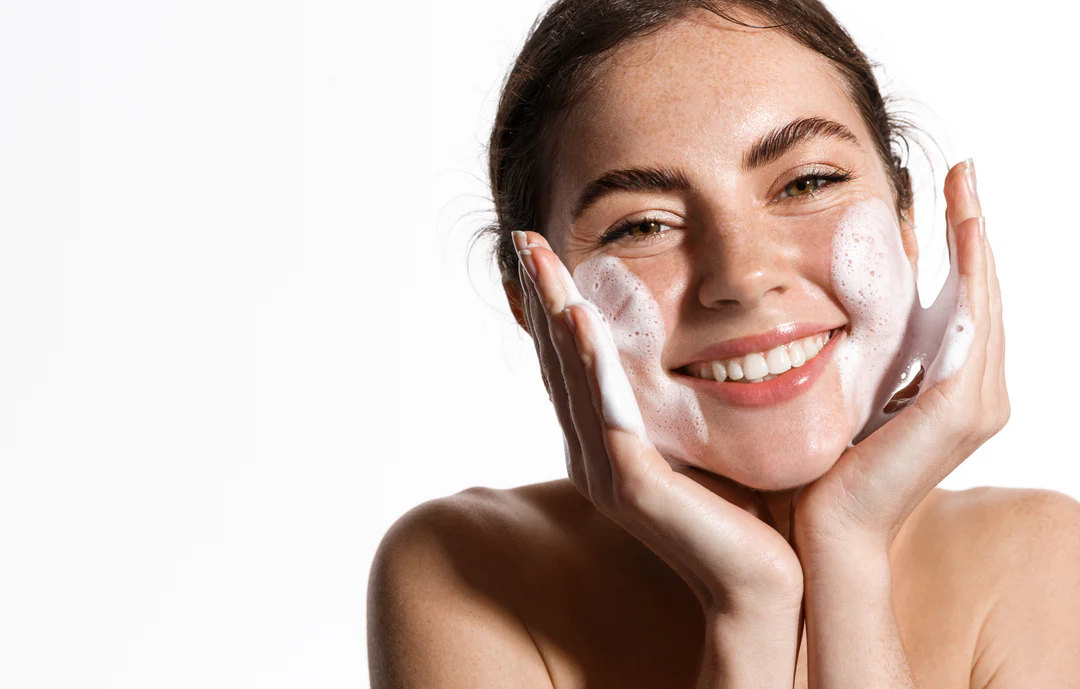
Can Retinoic Acid and Azelaic Acid be mixed?
Both Retinoic Acid and Azelaic Acid are considered highly effective ingredients in fighting acne and other skin blemishes. Both exfoliate the outer surface of the skin and remove the accumulation of dead skin cells. Both improve skin texture and clarity and target areas of hyperpigmentation and dark spots.
Any acid can penetrate the pores to remove dirt, bacteria, and excess sebum. All this dirt makes its way to the surface and forms various skin blemishes such as whiteheads, blackheads, and other spots.
The question that comes to my mind is: Can Retinoic Acid be mixed with Azelaic Acid? Or would this be a potential recipe for skin disaster? This is exactly what we are going to focus on today, and if you are still wondering what Retinoic Acid and Azelaic Acid are and how they work on the skin, then the next section is for you.
If you already know the benefits of these powerful ingredients, you can skip to the next section and dive straight into more information.
What is Azelaic Acid?
Azelaic acid is often mistakenly considered a member of the AHA and BHA chemical peel family. In fact, it is a proprietary acid that occurs naturally in the skin and is extracted from grains for use in skincare products.
Azelaic acid has anti-inflammatory and antibacterial properties that fight swelling and redness while killing any bacteria. You’ll get an all-over even skin tone and improved complexion, with visibly reduced fine lines and wrinkles.
For more information on azelaic acid, check out our dedicated blog post on its skincare benefits.
What is Retinoic Acid?
We all know or have at least heard of retinol, and tretinoin is the prescription form of retinoid. Don’t let the name change fool you, retinol and retinoids belong to the same vitamin A family, but they work differently. Due to their powerful properties, retinoids and tretinoin are favored by many to fight common breakouts and acne, as well as reduce signs of aging such as fine lines, wrinkles, and loss of elasticity. It also speeds up skin cell turnover, leaving your complexion looking brighter, firmer, and more revitalized.
As tretinoin is only available by prescription, it is extremely potent and must be applied to the skin as directed. I strongly recommend that you do not use tretinoin without a doctor’s advice or guidance. If you want to learn more about Retinoic Acid, you can read our blog post on Vitamin A and its effects on the skin.
How do I mix Retinoic Acid with Azelaic Acid?
The way Retinoic Acid mixes with Azelaic Acid depends on the formula they are incorporated into. Consistency plays an important role in the order in which you use your skincare products. Start with the dilutest concentration and work your way up to the thickest to ensure that all active ingredients are working.
If you are not already using both ingredients in your daily routine, you should start slowly to avoid unwanted side effects. Azelaic Acid is formulated into a variety of products. Start with a face wash or cleanser to build up your skin’s tolerance. Both product formulas typically contain a lower percentage of the acid and are the gentlest on the skin when rinsed off. After about 3 weeks, you can move on to serums, facial oils, and moisturizers with higher percentages.
Retinoic Acid is very potent, so any product that contains this ingredient should be used properly. Use the product according to your doctor’s instructions and the directions on the packaging. Remember to only use Retinoic Acid in your routine at night to avoid UV rays, as this can completely inactivate this powerful energy. To combat this, be sure to apply an SPF of 30 or higher every day to ensure complete protection from the sun and permanent damage.
Can I use azelaic acid and retinol together?
Yes, you can, but only if used correctly to prevent skin irritation. If you are layering these ingredients, I recommend waiting 15 minutes between each application as this will allow the pH of the skin to rebalance.
If this is still an issue and may cause redness or itchiness, try using azelaic acid and retinol in various skin care routines. Use azelaic acid and SPF in your morning routine and retinol in the evening.
Finally, if you want to be absolutely sure that you are not causing skin irritation, you can use the ingredient on a different day. This will allow enough time between applications to prevent symptoms and skin damage from returning.
Is azelaic acid better than tretinoin?
If you compare the potency and effectiveness of each ingredient, you will find that 20% azelaic acid is equivalent to 0.05% tretinoin. This will give you a better idea of how each ingredient works on the skin and how quickly it produces results. However, azelaic acid is considered a more suitable ingredient overall due to its skin compatibility.
What should not be used with azelaic acid?
It is recommended to avoid ingredients such as salicylic acid and other beta hydroxy acids (BHAs) as they can quickly dry out and irritate the skin. Not only does this feel uncomfortable, but it also strips the skin of essential oils that are needed to keep the skin’s protective barrier strong and resistant to free radical damage.
As for alpha hydroxy acids (AHAs) such as glycolic, mandelic, and lactic acids, azelaic acid is gentler than these popular acids, but avoid stacking these active ingredients together to avoid drying out the skin.
How long do the effects of azelaic acid cleansing last?
It usually takes a month to five weeks for the detox to wear off. The detox process usually occurs in the early stages of introducing a new ingredient into your skincare routine. When skin ingredients such as azelaic acid promote cell turnover, the rash will last longer. However, if you don’t see improvement after 6-8 weeks, stop using azelaic acid products and seek the advice of a doctor or dermatologist.
Here’s more information about mixing tretinoin and azelaic acid. I hope I answered your questions about these ingredients. However, if you have any other questions, follow us on Instagram.


